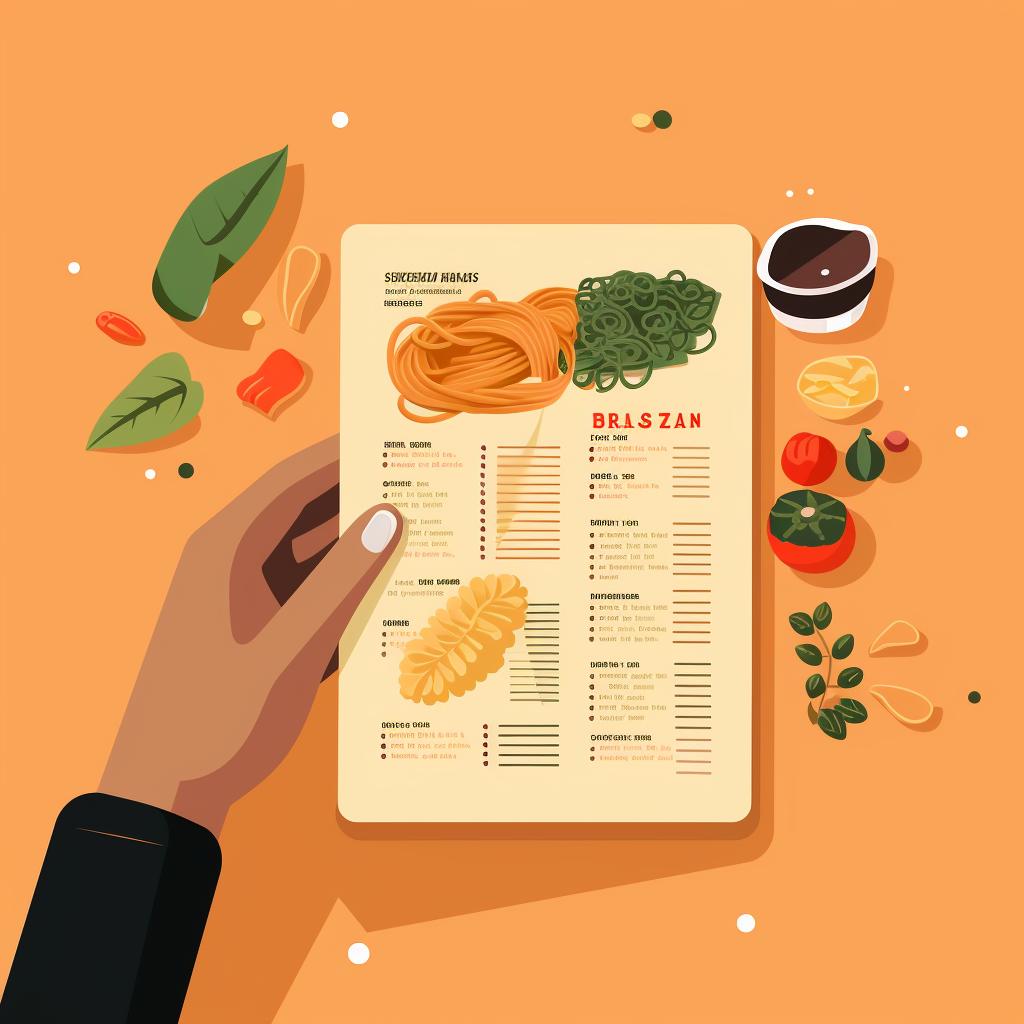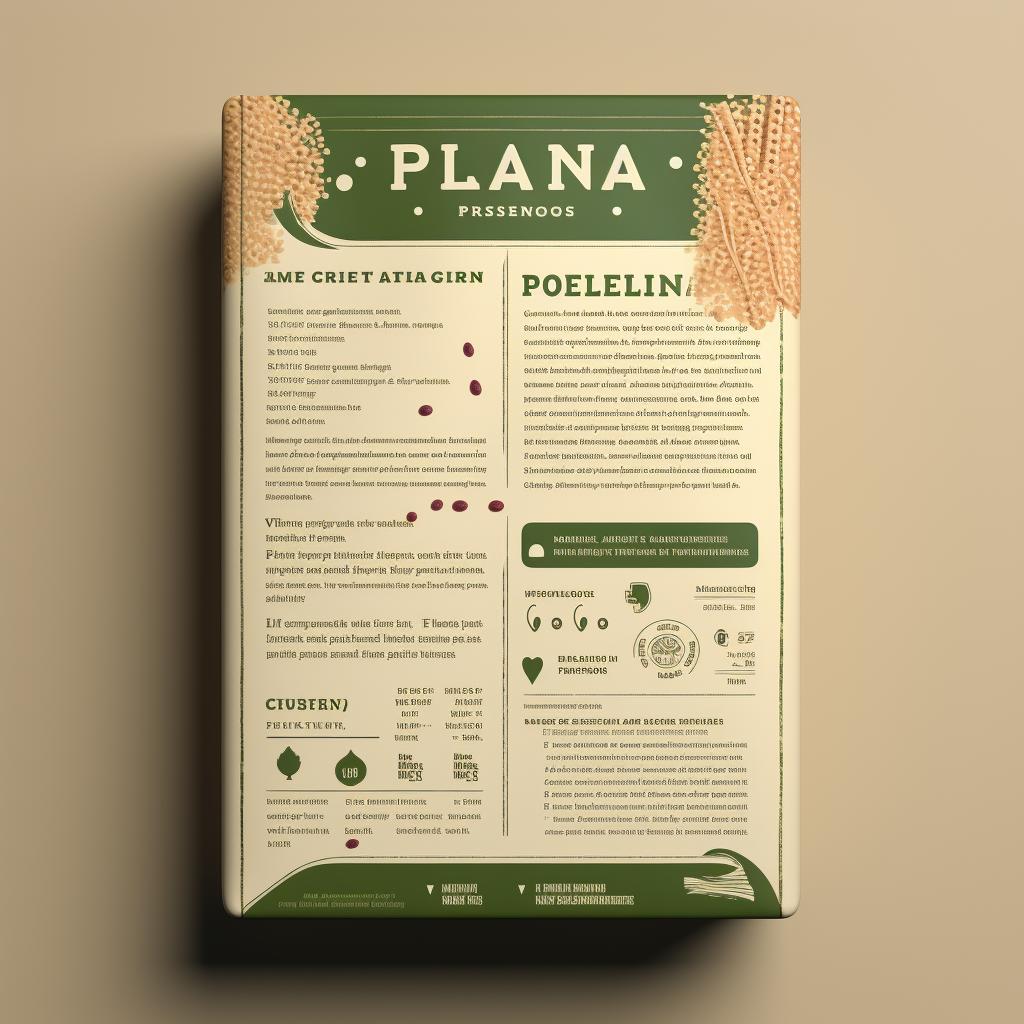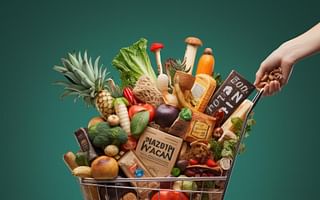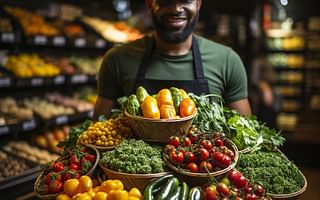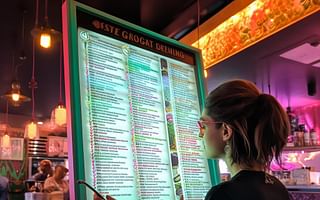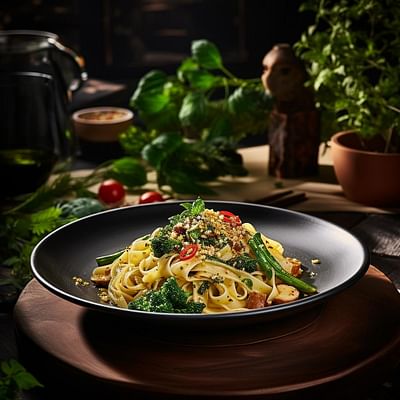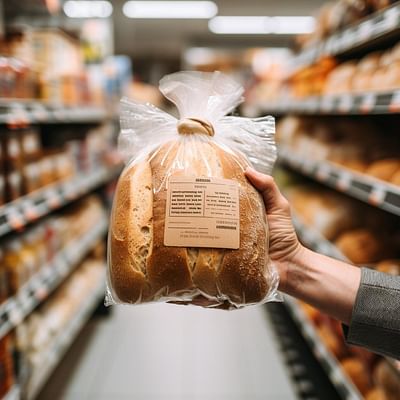Decoding Pasta Labels: Your Vegan Guide 🍝
Embarking on a vegan journey can sometimes feel like learning a new language, especially when it comes to understanding food labels. Our step-by-step guide above simplifies the process of decoding pasta labels, ensuring you can enjoy your favorite dishes without compromising your vegan lifestyle. But, the learning doesn't stop here. Let's delve deeper into the world of vegan pasta and how to navigate it.
While most traditional pasta is vegan, certain types, like fresh pasta, often contain eggs. Even some types of dried pasta can sneak in non-vegan ingredients. This is why checking the ingredient list is essential, as we highlighted in Step 1 of our guide. If you're curious about other foods that may not be as vegan-friendly as they seem, check out our article on decoding bread labels.
As you become more familiar with food labels, you'll start to recognize certain terms and symbols. Step 3 of our guide mentions the 'Certified Vegan' logo, a sure sign that a product is safe for vegans. This certification is also common on other products, like dark chocolate. Learn more about this in our guide to decoding dark chocolate labels.
But what to do when you're unsure of an ingredient? Step 4 of our guide suggests a quick online search. However, if you're in the middle of grocery shopping, this might not be the most convenient solution. That's why we recommend familiarizing yourself with common non-vegan ingredients. Our FAQ on foods to avoid as a vegan can be a helpful resource.
Now that you're equipped with the knowledge to choose vegan pasta, it's time to cook! Whether you're a seasoned chef or a beginner, our vegan cooking tips for beginners will help you whip up delicious meals. And if you're in need of inspiration, our collection of spaghetti squash recipes offers a variety of flavors to explore.
Remember, transitioning to a vegan lifestyle is a journey, not a race. Take your time, keep learning, and most importantly, enjoy the process. Happy vegan cooking!

